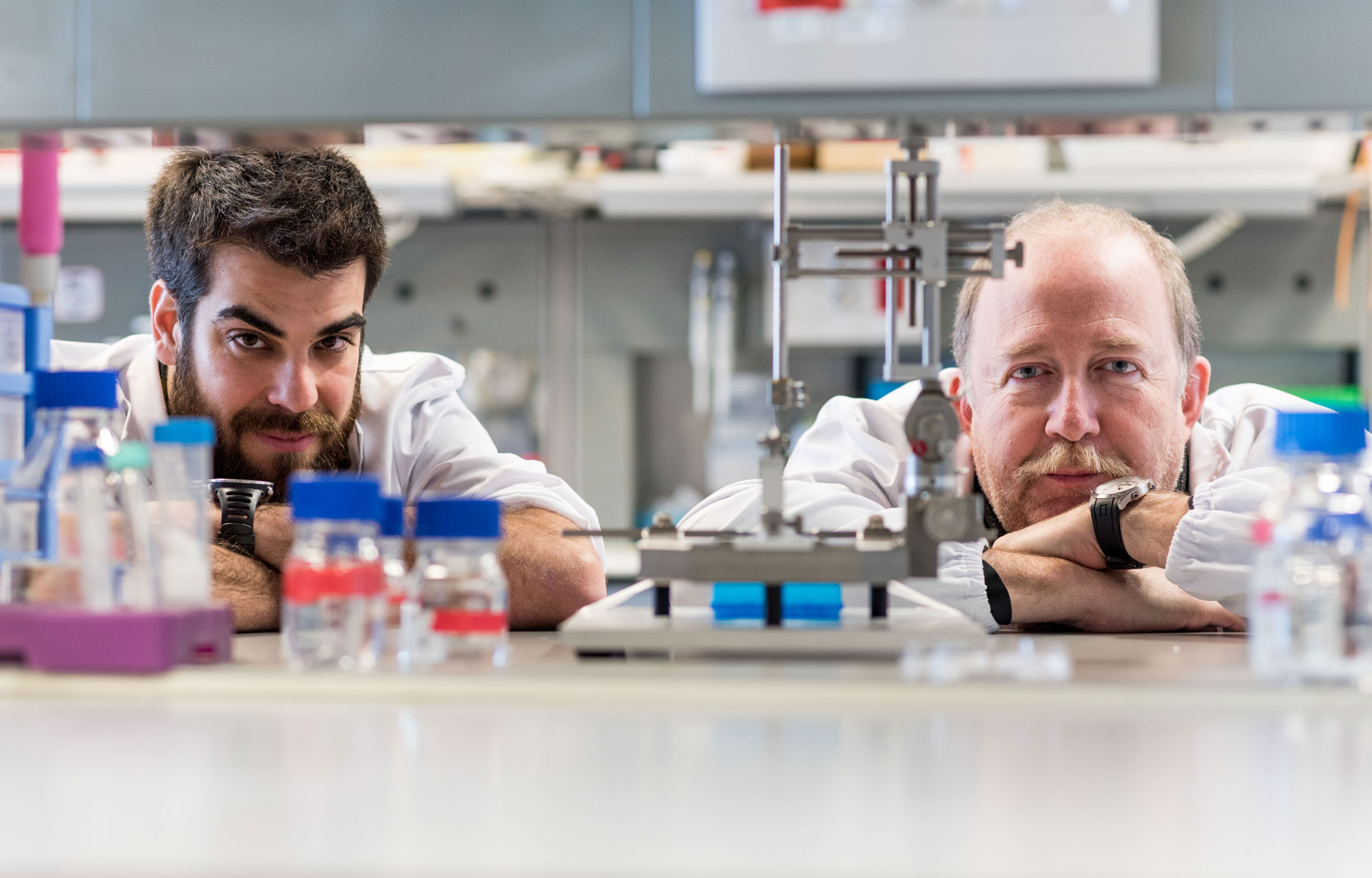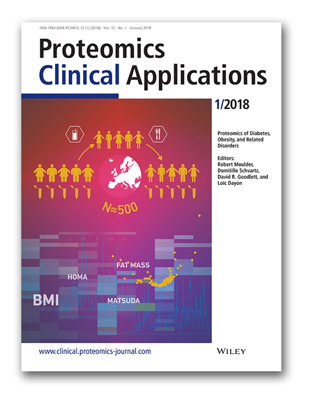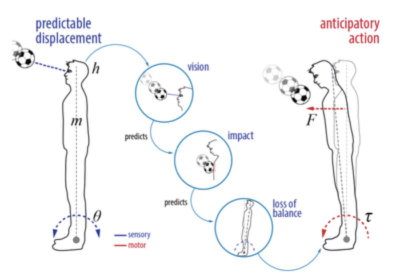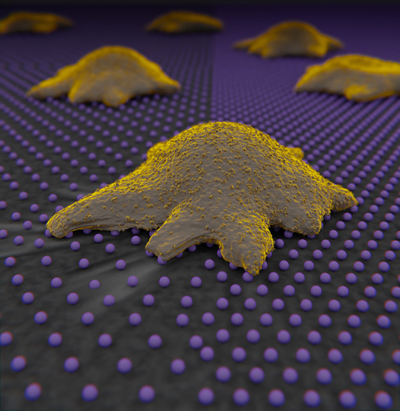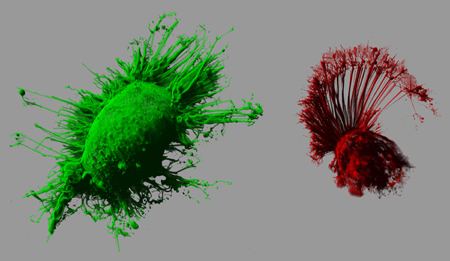Oxidation necessary for recovery after spine injuries
 Researchers at IBEC, in collaboration with Imperial College London, have discovered that oxidizing species – chemicals such as peroxides that form during the metabolism of oxygen – regulate the regeneration of damaged neurons after spinal cord injuries.
Researchers at IBEC, in collaboration with Imperial College London, have discovered that oxidizing species – chemicals such as peroxides that form during the metabolism of oxygen – regulate the regeneration of damaged neurons after spinal cord injuries.
Anti-inflammatories and antioxidants: these are the treatments usually given to nerve or spinal injury patients to mitigate the damage. When a nerve is injured, inflammation occurs and the immune system is activated,

